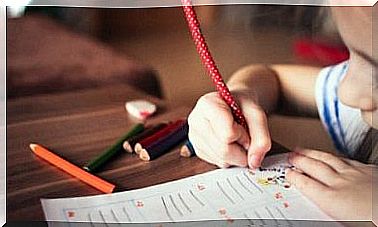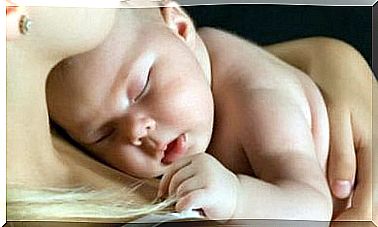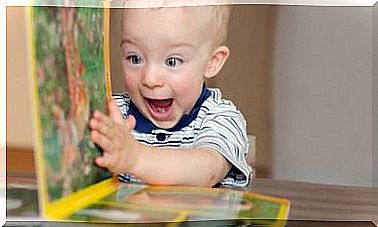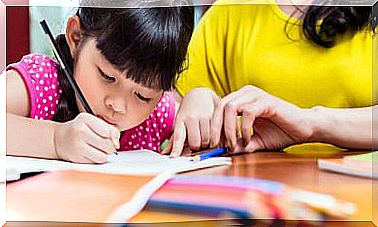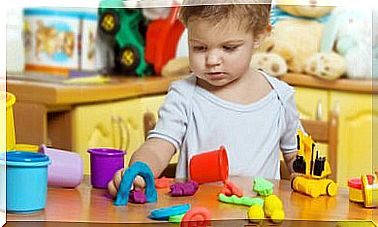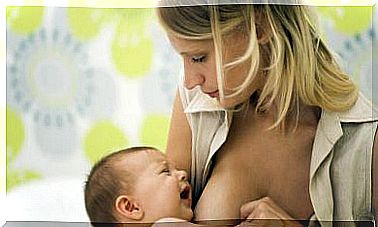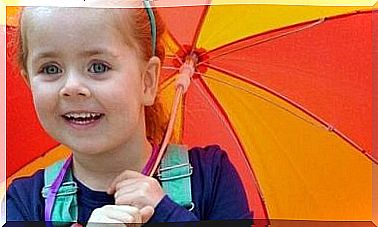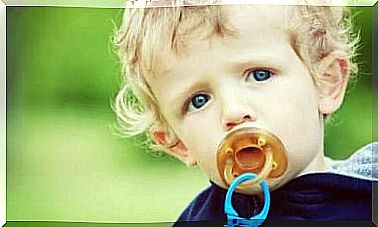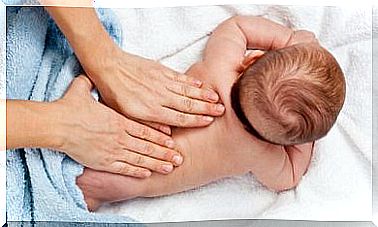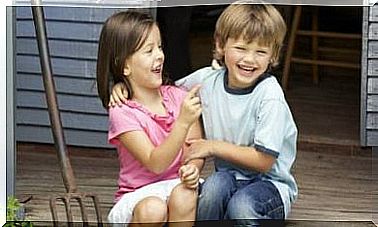Positive Stimuli Activate Your Baby’s Memory
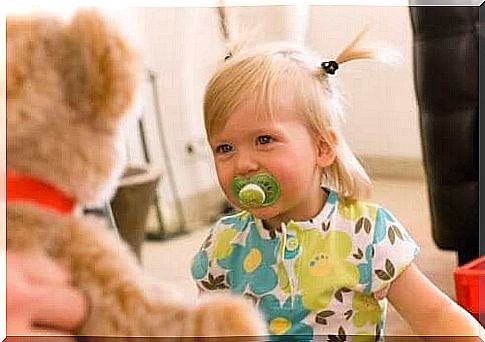
Through positive environmental, sensorial and cognitive stimuli, the child’s memory is activated. Why? At birth, a baby has an average of 100,000 million neurons, but few neuronal connections and stimuli. These multiply as the child grows. We can say that its development is only at the beginning.
There are different types of stimuli that you, as a mother, naturally provoke your baby. For example, by talking to him in a sweet and cheerful way or by making him smile with funny faces.
Did you know that these are positive stimuli? You see, positively educating your child is easier than you thought.
At age four, children reach a maximum of 1 trillion neural connections. This is a crucial age for their learning process. At this age, children are like sponges and learn many things quickly and spontaneously every day.
As a study from Brighan Young University (USA) reveals, positive stimuli are a good way for your child to start memorizing the things you think are important.
Everything is easier with positive stimuli
Since the children are not yet able to express themselves in words, a team of experts decided to observe their memory skills through the movements of their eyes and seeing how long they looked at a test image.
To begin, they put the children in front of a monitor where a person appeared addressing them in different tones of voice showing a geometric figure.
Part of the study was to use an angry voice when the children looked at the pictures with the geometric figures. Later, they made them hear cheerful, understanding, and loving voices as they looked at other kinds of images.
Through observing eye movement and the way children stared at the different images shown, this study revealed that positive stimuli activated their memory capacity in children more quickly than children who received negative stimuli.
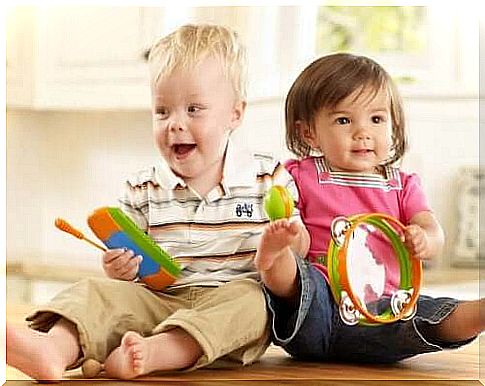
The results of positive stimuli
The test was repeated after five minutes and the next day. In the next day’s test, an additional geometric shape was used alongside that of the previous day.
The researchers timed the time the children devoted to each of the geometric figures and found that if the figure was associated with an angry voice, they did not remember it. On the contrary, when the geometric figure was associated with a cheerful voice they remembered it more easily.
After performing this procedure for two days, the researchers repurposed the images to the children without using any voices. They noticed that the children showed more attention to those geometric figures that had been associated with a cheerful and positive voice.
On the other hand, those who want to teach and model behaviors through reproaches and threats get few results.
Attention is a basic element for the creation of new neural connections and for the formation of stable brain circuits. It is now known that the creation of stable and lasting neural circuits and connections only occurs when you pay attention. Hence, it is important to keep the baby alert and focused.
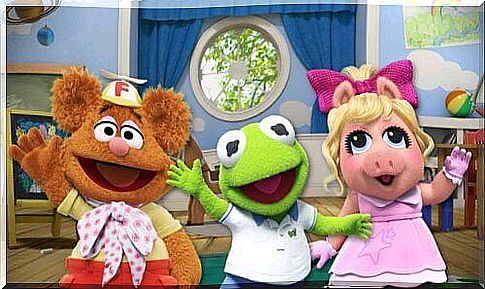
Keep the child active and dynamic
Regular and systematic activity stimulates the growth of new nerve cells and increases the number of synaptic connections of neurons among those already existing.
To achieve this neuronal plasticity, the child must be adequately and consistently stimulated in tasks in which he is interested and which require attention, which are repeated over time but not stereotyped, and which have positive feedback .
Lead author of the study, Young Ross Flom, says, “ We are the first to study how emotions, before stimuli, affect memory. We believe that what happens is that the positive stimulus intensifies the attention system and arousal of children. By increasing these systems, we can increase their ability to process and, perhaps, remember that geometric figure. “.
Finally, the researchers point out that this is one of the first studies related to children’s memory and its relationship with the affective part and that, surely, others will follow.
Positive stimuli practiced from an early age are the key to stimulating your baby’s memory.
